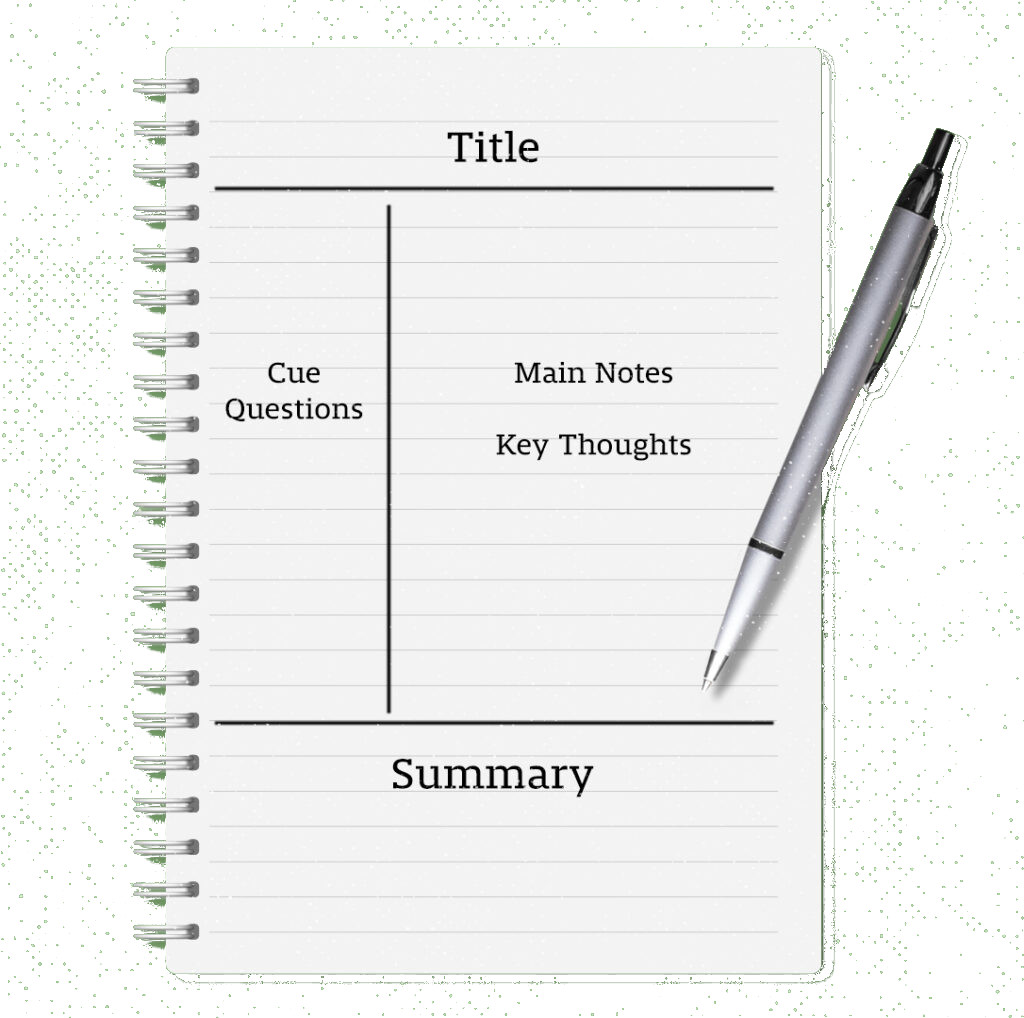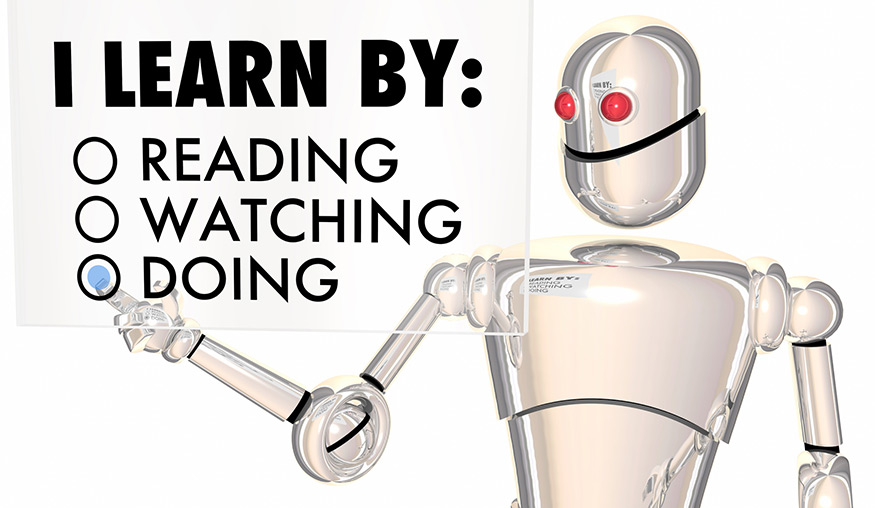How to Create a Foolproof Learning Plan

Having a foolproof learning plan is essential for success in any endeavour. Whether you are a student, a professional, or someone looking to acquire new skills, having a well-structured plan can make all the difference. A learning plan helps you stay organised, focused, and motivated, ensuring that you make the most of your time and efforts.
One of the key benefits of having a foolproof learning plan is that it provides direction and clarity. It helps you identify your goals, prioritise your learning objectives, and create a roadmap to achieve them. Without a plan, you may find yourself aimlessly jumping from one topic to another, without making any real progress. A well-designed learning plan keeps you on track and ensures that you are consistently moving forward towards your desired outcomes.
Understanding Your Learning Style: How to Tailor Your Plan to Your Needs
Everyone has a unique learning style, and understanding your preferred style can greatly enhance your learning experience. There are several different learning styles, including visual, auditory, kinaesthetic, and reading/writing. Visual learners prefer to see information in the form of images or diagrams, while auditory learners learn best through listening and speaking. Kinaesthetic learners, on the other hand, learn best through hands-on activities and physical movement. Reading/writing learners prefer to learn through reading and writing activities.
To identify your learning style, reflect on how you naturally prefer to learn and process information. Do you find it easier to understand concepts when they are presented visually? Do you remember information better when you hear it spoken aloud? Or do you need to physically engage with the material to fully grasp it? Once you have identified your learning style, you can adapt your learning plan to suit your needs. For example, if you are a visual learner, you can incorporate more visual aids and diagrams into your study materials. If you are an auditory learner, you can listen to audio recordings or participate in group discussions.
Setting Realistic Goals: The Importance of Measurable Objectives
Setting goals is an important part of any learning plan. Goals provide a sense of direction and purpose, and they help you stay motivated and focused. However, it is important to set realistic and achievable goals that can be measured and tracked. This is where the concept of SMART goals comes in.
SMART stands for Specific, Measurable, Achievable, Relevant, and Time-bound. Specific goals are clear and well-defined, while measurable goals can be quantified or assessed in some way. Achievable goals are realistic and within your reach, while relevant goals are aligned with your overall learning objectives. Finally, time-bound goals have a specific deadline or timeframe attached to them.
For example, instead of setting a vague goal like “improve my writing skills,” a SMART goal would be “write a 500-word essay every week for the next three months.” This goal is specific (writing a 500-word essay), measurable (you can count the number of essays you write), achievable (writing one essay per week is manageable), relevant (it aligns with your goal of improving your writing skills), and time-bound (three months).
Prioritising Your Learning: How to Identify and Focus on Key Areas
When creating a foolproof learning plan, it is important to identify and prioritise the key areas that you need to focus on. This involves assessing your current knowledge and skills, as well as identifying any gaps or areas for improvement. By prioritising your learning goals, you can allocate your time and resources more effectively, ensuring that you are focusing on the most important areas first.
To identify key areas of learning, start by reviewing the learning objectives or requirements of your course or program. This will give you a clear idea of what topics or skills are considered essential. Next, assess your own strengths and weaknesses in relation to these objectives. Are there any areas where you feel confident and competent? Are there any areas where you feel you need more practice or support?
Once you have identified the key areas, you can prioritise them based on their importance and urgency. This will help you allocate your time and resources accordingly, ensuring that you are dedicating enough time to each area. It is also important to regularly review and reassess your priorities as you progress in your learning journey.
Creating a Schedule: Tips for Effective Time Management
Time management is a crucial aspect of any foolproof learning plan. Without effective time management, it can be easy to get overwhelmed or procrastinate, leading to a lack of progress. Creating a schedule can help you stay organised and ensure that you are dedicating enough time to your learning activities.
When creating a schedule, start by identifying the time slots that are available to you. Consider your other commitments, such as work, family, or social activities, and allocate dedicated time for your learning activities. Be realistic about how much time you can realistically dedicate to learning each day or week.
Next, break down your learning activities into smaller tasks or chunks. This will make them more manageable and easier to schedule. For example, if you are studying for an exam, you can break down your study sessions into specific topics or chapters. Assign specific time slots for each task, making sure to include breaks and rest periods.
It is also important to be flexible and adaptable with your schedule. Life can sometimes throw unexpected curveballs, and it is important to be able to adjust your schedule accordingly. Be prepared to make changes if needed, but also try to stick to your schedule as much as possible to maintain consistency and momentum.
Choosing the Right Resources: How to Select the Best Learning Materials
Choosing the right learning resources is essential for effective learning. There are various types of learning resources available, including textbooks, online courses, videos, podcasts, and interactive learning platforms. When selecting learning materials, it is important to consider your learning style, preferences, and goals.
Start by considering the format that works best for you. Do you prefer reading textbooks or online articles? Do you enjoy watching videos or listening to podcasts? Different formats appeal to different learning styles, so choose materials that align with your preferences.
Next, consider the quality and credibility of the learning resources. Look for materials that are well-researched, up-to-date, and from reputable sources. Check reviews or ratings if available, and seek recommendations from trusted sources or experts in the field.
It is also important to consider the level of interactivity and engagement offered by the learning materials. Interactive platforms or courses that allow for hands-on practice or feedback can enhance the learning experience. Look for materials that provide opportunities for active learning and application of knowledge.
Finally, consider the cost and accessibility of the learning resources. Some resources may be free or low-cost, while others may require a subscription or purchase. Consider your budget and availability when selecting materials, and explore different options to find the best fit for your needs.
Staying Motivated: Strategies for Maintaining Your Enthusiasm
Staying motivated is crucial for maintaining momentum and achieving your learning goals. Without motivation, it can be easy to lose interest or give up when faced with challenges or setbacks. Fortunately, there are several strategies that can help you stay motivated throughout your learning journey.
One of the most effective strategies for staying motivated is to connect your learning goals to your personal values and aspirations. Reflect on why you want to learn and how it aligns with your long-term goals or passions. This will provide a sense of purpose and meaning, making it easier to stay motivated even when faced with difficulties.
Another strategy is to break down your goals into smaller, achievable milestones. Celebrate your progress and achievements along the way, no matter how small they may seem. This will provide a sense of accomplishment and keep you motivated to continue.
It is also important to create a supportive learning environment. Surround yourself with like-minded individuals who share your interests or goals. Join study groups, online communities, or forums where you can connect with others who are on a similar learning journey. This will provide a sense of camaraderie and support, making it easier to stay motivated.
Finally, take care of your physical and mental well-being. Make sure to get enough rest, exercise regularly, and eat a healthy diet. Take breaks when needed and engage in activities that help you relax and recharge. A healthy body and mind are essential for maintaining motivation and focus.
Tracking Your Progress: The Benefits of Regular Assessment
Tracking your progress is an important part of any foolproof learning plan. Regular assessment allows you to evaluate your understanding and mastery of the material, identify areas for improvement, and make necessary adjustments to your learning plan.
There are several methods for tracking progress, depending on the nature of your learning goals. For example, if you are studying for an exam, you can take practice tests or quizzes to assess your knowledge and identify any gaps. If you are learning a new skill, you can track your progress through practical exercises or projects.
Regular assessment provides several benefits. Firstly, it helps you stay accountable and motivated. Seeing your progress and improvement over time can be highly motivating and encourage you to continue working towards your goals. Secondly, it allows you to identify any areas where you may be struggling or need additional support. This enables you to make necessary adjustments to your learning plan or seek help if needed.
Finally, regular assessment helps you gauge the effectiveness of your learning strategies and materials. If you find that a particular approach or resource is not yielding the desired results, you can make changes accordingly. This ensures that you are making the most of your time and efforts and that you are using the most effective methods for your learning style.
Overcoming Obstacles: Common Challenges and How to Overcome Them
Learning is not always a smooth and easy process. There are often challenges and obstacles that can hinder your progress and motivation. However, with the right strategies and mindset, these obstacles can be overcome.
One common obstacle to learning is a lack of time. Many people lead busy lives and struggle to find dedicated time for learning. To overcome this obstacle, it is important to prioritise your learning goals and make them a non-negotiable part of your schedule. Look for pockets of time throughout your day where you can squeeze in short study sessions or learning activities. For example, you can listen to educational podcasts during your commute or read a few pages of a textbook during your lunch break.
Another common obstacle is a lack of motivation or interest. It is natural to experience dips in motivation or moments of boredom during the learning process. To overcome this, try to find ways to make the material more engaging and relevant to your interests. Look for real-life examples or applications of the concepts you are learning. Seek out opportunities to apply your knowledge in practical ways, such as through projects or discussions. Finally, remind yourself of the long-term benefits and rewards that come with acquiring new knowledge or skills.
Finally, fear of failure or perfectionism can also be a major obstacle to learning. Many people are afraid of making mistakes or not meeting their own high standards. To overcome this, it is important to adopt a growth mindset and embrace the learning process as an opportunity for growth and improvement. Remember that making mistakes is a natural part of learning and that failure is simply a stepping stone towards success. Celebrate your progress and focus on the journey rather than the end result.
Conclusion: Putting Your Plan into Action and Achieving Your Goals
In conclusion, having a foolproof learning plan is essential for success in any learning endeavour. It provides direction, clarity, and motivation, ensuring that you make the most of your time and efforts. By understanding your learning style, setting realistic goals, prioritizing your learning, creating a schedule, choosing the right resources, staying motivated, tracking your progress, and overcoming obstacles, you can put your plan into action and achieve your goals. Remember that learning is a lifelong journey and that with the right mindset and strategies, you can continue to grow and develop throughout your life.







Responses